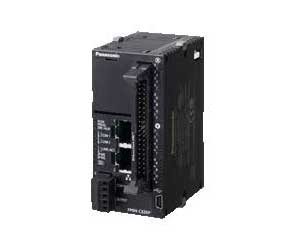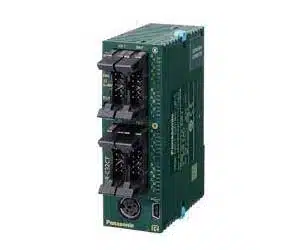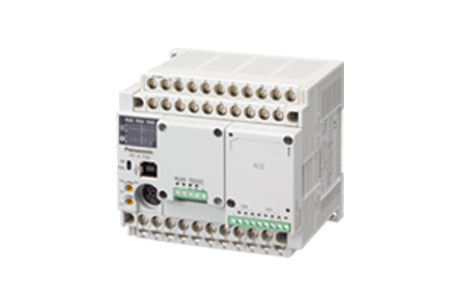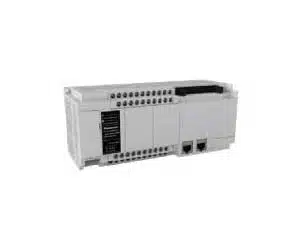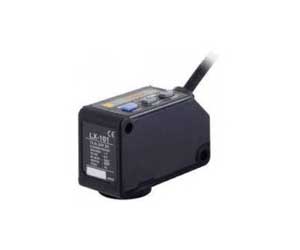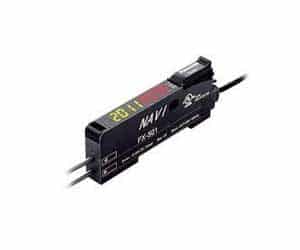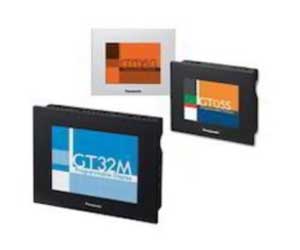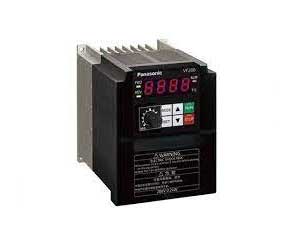Panasonic PLC: Programmable Controller Solutions
IndMALL Automation offers a range of Panasonic PLC, providing high-performance and efficient control solutions for industrial automation applications. With a wide selection of models, including the FP series, FPOH series, FPOR series, FP-XO series, and FP-XH series.
Get your hands on the latest Panasonic PLC technology at economical prices compared to authorized Panasonic Programmable Logic Controller dealers and distributors. Contact us for more information and expert support across Coimbatore, Chennai, Hyderabad, Bangalore, and PAN India.
Panasonic PLC: FPOH Series
- I/O Points: 32 points (16 inputs, 16 outputs), expandable to 384 points.
- Program Capacity: Options of 24k, 32k, 40k, and 64k steps.
- Instruction Speed: Basic instruction around 10 ns/step.
- Control Unit Refresh Time: Approximately 100 μs.
- Data Register (DT) Capacity: Up to 65,533 words.
- High-Speed Counter: Up to 100 kHz.
- Power Supply: 24 V DC; Operating Temperature: 0 to +55 ℃.
Panasonic Controllers: FPOR Series
- I/O Points: 10 to 16 points (varies by model), expandable up to 58 or 112 points.
- Program Capacity: 16 k steps.
- Instruction Speed: Basic instructions from 0.08 μs, timer instructions from 2.2 μs.
- Internal Relay Points: 4,096 points; Data Register (DT): 12,315 words.
- High-Speed Counter: Single-phase 6 points (50 kHz max.), 2-phase 3 channels (15 kHz max.).
- Power Supply: 24 V DC (20.4 to 28.8 V DC); Operating Temperature: 0 to +55 ℃.
Panasonic Programmable Logic Controller: FP-X Series
- Program Capacity: 32 k steps.
- Processor: High-speed RISC, <2 ms scan time for 5,000 steps.
- Expandability: 3 add-on cassettes, 17 types available.
- Multi-Axis Control: Built-in pulse output for servo and stepping motors.
- Max I/O Points: Up to 382 when expanded.
- Memory: Built-in flash ROM, no backup battery needed.
- High-Speed Counter: Varies by model.
- Pulse Output/PWM: Included, varies by model.
Panasonic Programmable Controller: FP-XH Series
- Humidity Tolerance: 10 to 95% RH (non-condensing).
- Program Capacity: 16 k steps, expandable in some models.
- Instruction Speed: Approx. 0.04 μs/step for basic instructions.
- I/O Points: 1,760 points for input and output; Internal Relay Points: Up to 8,192 points.
- Pulse Output: Up to 100 kHz; PWM Output: 1 Hz to 100 kHz.
- Data Register: 12k words capacity.
- Link Relay/Register: Max. 16 units, 1,024 points for relay, 128 words for register.
Product List:
| Model No | Image | No. of Controllable I/O Points | Control Method | Program Memory | Rated Voltage | Operating Voltage Range |
|---|---|---|---|---|---|---|
| AFP0HC32EP | 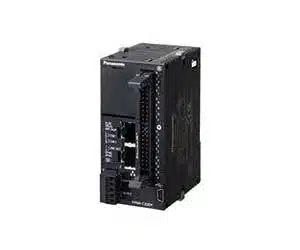 |
32 points (Input: 16, Output: 16) | Relay symbol / Cyclic operation | Built-in flash ROM |
24 V DC
|
20.4 to 28.8 V DC |
| AFP0HC32ET | 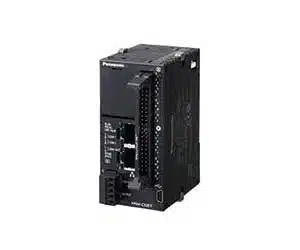 |
32 points (Input: 16, Output: 16) | Relay symbol / Cyclic operation | Built-in flash ROM | 24 V DC | 20.4 to 28.8 V DC |
| AFP0HC32T | 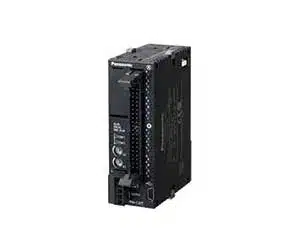 |
32 points (Input: 16, Output: 16) | Relay symbol / Cyclic operation | Built-in flash ROM | 24 V DC | 20.4 to 28.8 V DC |
| AFP0RC10CRS | 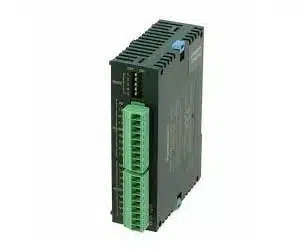 |
10 points [Input : 6, Relay output : 4] | Relay symbol / Cyclic operation | EEPROM | 24 V DC | 20.4 to 28.8 V DC |
Frequently Asked Questions
What is Panasonic PLC?
A Panasonic PLC is like a computer’s brain for machines. It helps machines make decisions and run tasks. Just like we use laptops or phones, factories use Panasonic PLCs to control big machines. These PLCs get instructions and then tell the machine what to do. This makes work faster and reduces mistakes. In short, a Panasonic PLC ensures machines work smoothly and efficiently.
What does PLC stand for in electronics?
In electronics, PLC stands for “Programmable Logic Controller.” Think of it as a special computer for machines. Instead of apps or games, it runs programs that control machinery. This makes machines do their tasks automatically and safely. So, a PLC helps factories and plants run smoothly.
How does a Programmable Controller Work?
A programmable controller, or PLC, is like a brain for machines. Users give it instructions using special software. When turned on, the PLC reads these instructions. It then checks inputs, like buttons or sensors. Based on these inputs, it decides what to do. Finally, it sends commands to the machine’s parts, making them move or stop. This cycle repeats very quickly, allowing machines to work efficiently and safely.
What are the 4 main Components of a PLC?
A PLC, or Programmable Logic Controller, has four main components:
Processor/CPU: This is the PLC’s brain. It runs the software, processes inputs, and decides the outputs.
Input/Output Modules: Inputs read data, like from sensors. Outputs send commands to devices, like motors.
Power Supply: This provides the necessary power for the PLC to operate.
Memory: This stores the program, and remembers data while the PLC is running.
Together, these components help the PLC control machines and processes.
Get the best price on Panasonic PLC.

